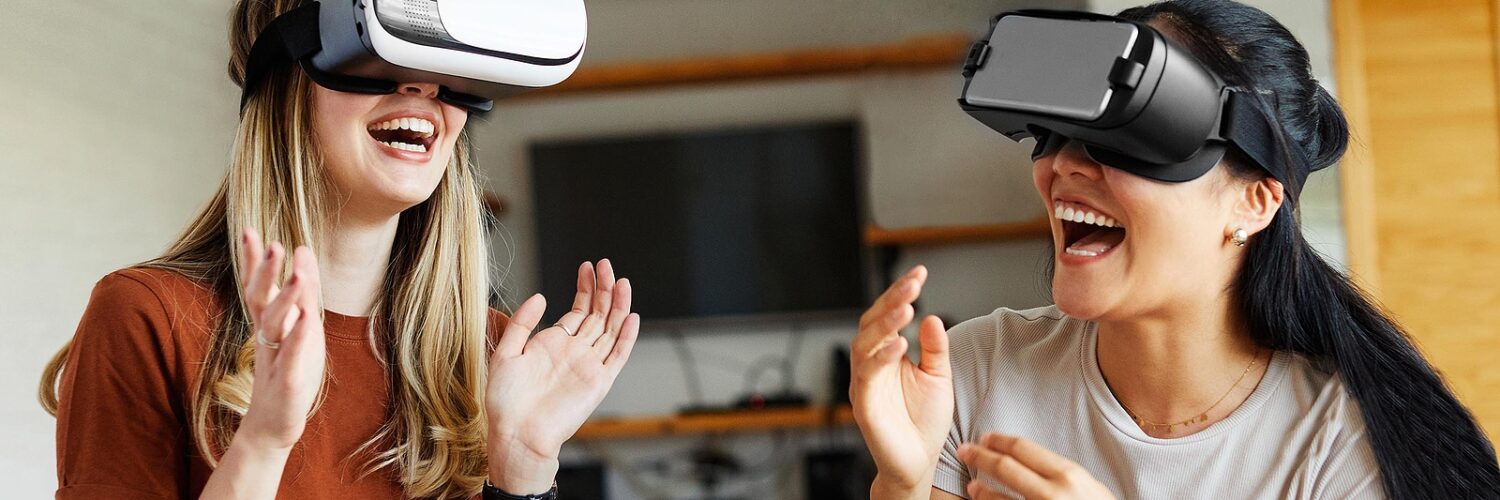by Craig Frehlich, VR Consultant, Canada.
While the saying “Something old can be made new again” emphasizes the potential for renewal and reimagining of the past in contemporary contexts, it’s crucial to acknowledge that not everything old can seamlessly adapt to new technological paradigms. This perspective highlights the nuanced relationship between tradition and innovation, particularly in the rapidly evolving landscape of technology.
Do you remember the magic of drive-in theatres? Those starry nights spent in the comfort of your car, watching the big screen light up with stories and adventures, are cherished memories for many. Yet, as times have changed, so too has the way we experience movies. Drive-in theatres, once a symbol of communal joy and a testament to the golden age of cinema, have seen a significant decline. This fading popularity mirrors a broader trend in our attempts to replicate traditional movie-watching experiences in mediums or contexts that simply aren’t the same. The charm and nostalgia of the drive-in movie experience highlight the challenges of preserving the essence of cinema in an era of streaming services and home theatres. Let’s explore the allure of drive-ins and consider what their decline tells us about the evolution of movie-watching habits and the quest to capture that special communal feeling in new formats.
With the rise of new and emerging technologies like Virtual Reality for immersive learning, educators have to be careful not to repeat old practices in a new medium. Just as the decline of drive-in theatres illustrates the pitfalls of trying to replicate traditional movie-watching experiences in new formats, the educational sector faces a similar challenge with the advent of Virtual Reality technology. Traditional teaching practices, characterized by passive lectures and an emphasis on rote memorization, are ill-suited to the immersive and interactive potential of VR. Attempting to directly transplant these outdated methods into VR environments misses the medium’s unique opportunity to revolutionize learning. Instead of passive absorption, VR offers a canvas for experiential learning, where students can engage actively with content, explore complex concepts in a hands-on manner, and cultivate critical thinking skills in dynamic scenarios. The transition to VR in education should not be about replicating old practices in a new setting, but reimagining what effective learning can look like, leveraging VR’s capabilities to foster deeper understanding and engagement.
Here are 4 things we need to re-think as we deploy learning in VR.
1. Myth: VR should be used to teach an entire course.
Reality: VR should be used to target specific needs.
A strong educational program requires a balanced approach, integrating both real-world teaching and VR-enhanced experiences. While VR can simulate complex environments and scenarios, offering students immersive, hands-on experiences that traditional classrooms cannot, it should not fully replace the learning opportunities presented by the real world.
2. Myth: VR works best when we push information to learners.
Reality: VR works best when we pull information out of learners.
Virtual Reality transforms education from passive information absorption to active knowledge discovery. Rather than merely pushing information at learners, VR excels in pulling insights and understanding from them through interactive, immersive experiences.
3. Myth: Learning in VR should emphasize watching.
Reality: Learning in VR should emphasize doing.
Virtual Reality experiences should prioritize doing over watching to maximize their educational impact. By “doing” rather than merely “watching,” learners are encouraged to apply theoretical knowledge to practical scenarios, enhancing critical thinking and problem-solving skills.
4. Myth: VR should invite learners to recall information.
Reality: VR should invite learners to use and transfer information.
Virtual Reality should focus on learning experiences that encourage learners to use and transfer information, rather than merely recall it. VR’s immersive nature offers a unique platform for experiential learning, where learners can experiment, and explore different outcomes.

In education, repeating what we have “always done” is often our default mode.
Teaching is an incredibly busy profession with many “hats to wear” making it difficult to change and disrupt. Innovations may show incredible promise but they fall short of full-scale adoption because teachers often lack the time to implement and sustain.
I have been fortunate to spend several years working in schools to see what works and does not work regarding VR adoption and best practices for immersive learning. This practical knowledge has allowed me to compile a handbook for educators who are considering this medium.
This handbook distills over 7 years of my hands-on experiences with VR in educational settings into a comprehensive resource. With over 91 pages, it offers a wealth of in-depth knowledge, practical advice, innovative strategies, and actionable ideas for effectively incorporating VR and virtual worlds into teaching and learning processes.
Perfect for teachers eager to transform their instructional approaches and technology aficionados interested in the educational possibilities of VR, this free guide acts as a gateway to an era of boundless educational opportunities. Access the free guide here.

Author
Craig Frehlich, VR Consultant, Canada.













